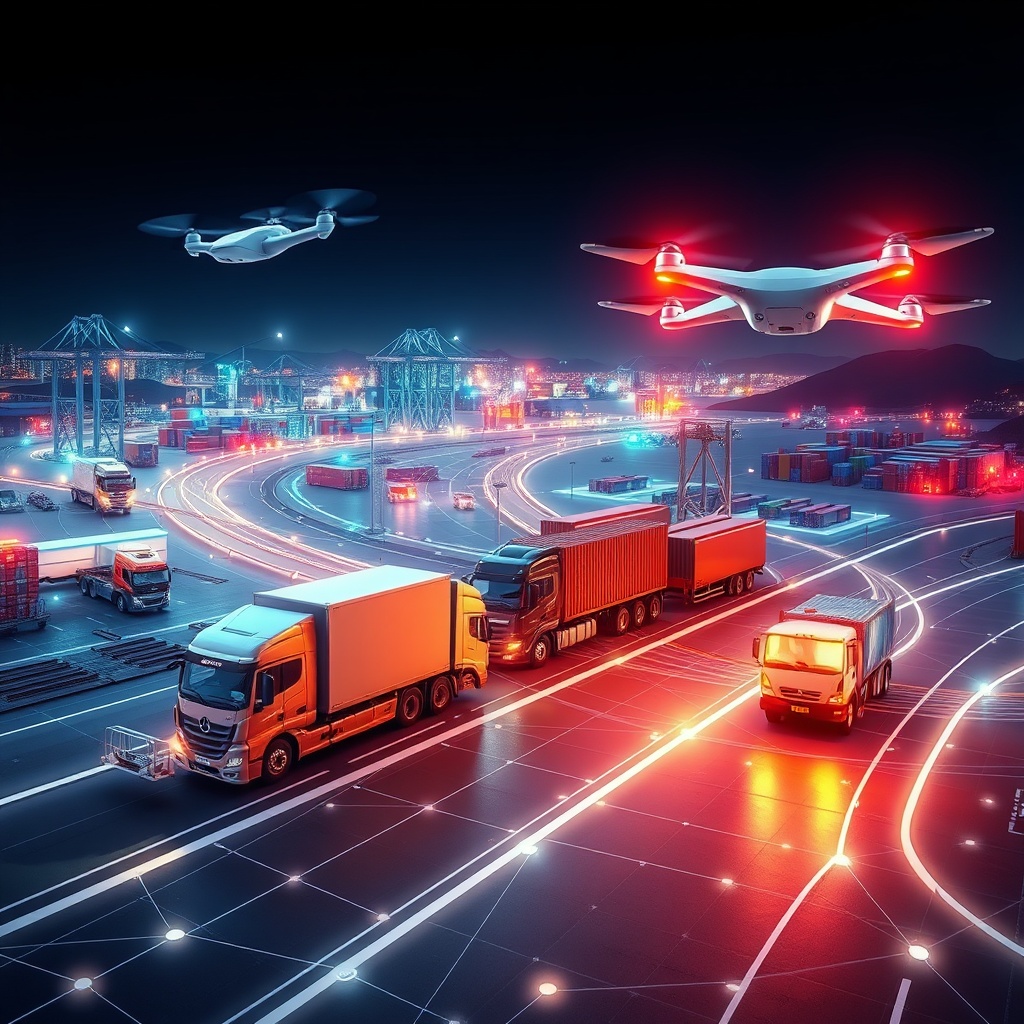The transportation industry has long been plagued by inefficiencies, miscommunication, and a lack of transparency. However, with the advent of blockchain technology, the tides are turning. By creating decentralized logistics networks, blockchain is set to revolutionize how we manage transportation, enabling unprecedented levels of trust and efficiency.
The Power of Decentralization

Blockchain’s decentralized nature is its most compelling feature. Unlike traditional systems, where a single entity holds all the power and data, blockchain distributes this authority across a network. This not only minimizes the risk of fraud but also enhances data integrity. Every transaction is recorded in a tamper-proof ledger, ensuring that all parties have access to the same information in real-time.
Key Benefits of Blockchain in Logistics
The integration of blockchain into logistics management offers several transformative advantages. Here’s a quick rundown of the most notable benefits:
- Enhanced Transparency: All stakeholders can track shipments in real-time, reducing the chances of disputes and enhancing collaboration.
- Increased Efficiency: Smart contracts automate processes, minimizing delays and reducing administrative costs.
- Improved Security: Blockchain’s encryption methods ensure that sensitive data is protected from unauthorized access.
- Cost Reduction: By eliminating intermediaries, companies can save on fees and streamline operations.
- Traceability: Products can be traced back to their origins, which is crucial for quality assurance and compliance.
Challenges and Future Directions
While the potential of blockchain in transportation management is immense, it is not without challenges. Issues such as scalability, regulatory compliance, and the need for industry-wide standards must be addressed to fully realize its benefits. However, as more companies begin to adopt this technology, we can expect a shift towards standardized practices and greater collaboration across the supply chain.





